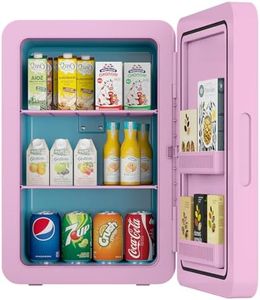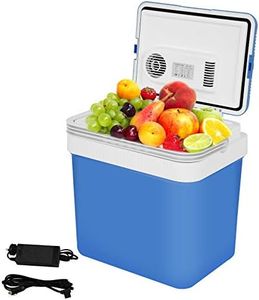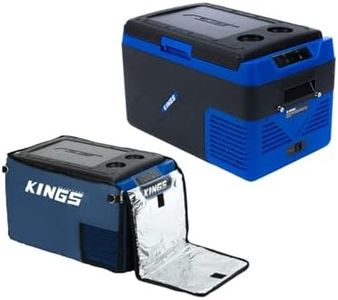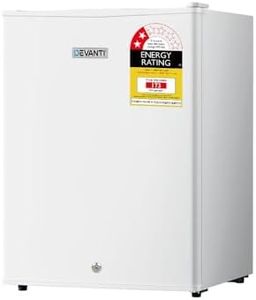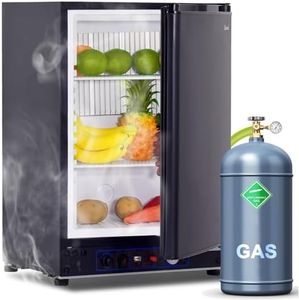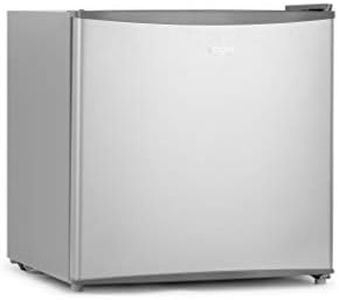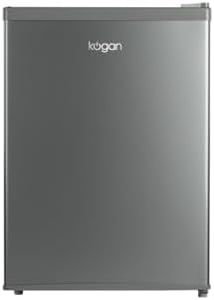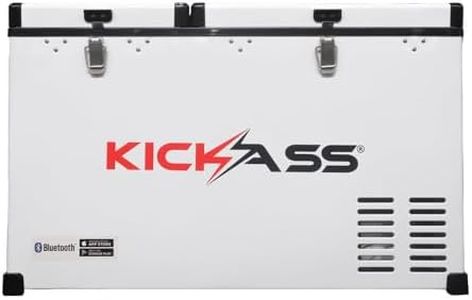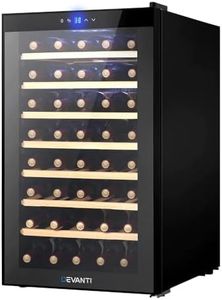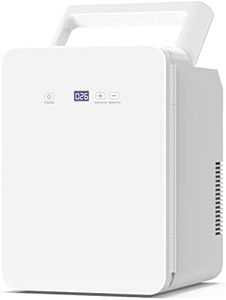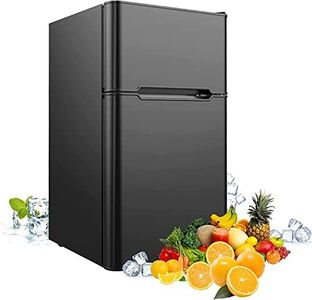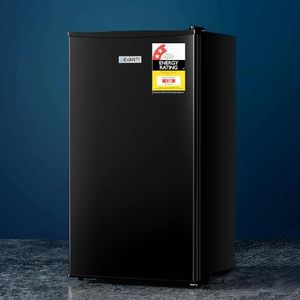We Use CookiesWe use cookies to enhance the security, performance,
functionality and for analytical and promotional activities. By continuing to browse this site you
are agreeing to our privacy policy
10 Best Outdoor Fridges
From leading brands and best sellers available on the web.Buying Guide for the Best Outdoor Fridges
Choosing an outdoor fridge involves thinking about both the environment it will be in and how you plan to use it. Outdoor fridges are designed differently from regular indoor refrigerators because they must handle changes in weather, temperature, and humidity, as well as being more resistant to rust and damage. Before you pick one, consider where you will place it (patio, outdoor kitchen, garage, etc.), how much food and drink you want to store, and whether you need it to blend in with your outdoor design. Taking some time to measure the available space and thinking about how often you’ll entertain outdoors can help you narrow down your choice.CapacityCapacity refers to how much food and drink the fridge can hold, typically measured in liters or cubic feet. This is important because it determines how much you can store at once. Fridges can be small (enough for a few drinks and snacks), medium-sized (for a family or regular gatherings), or large (for parties or people who entertain often). To pick the right capacity, think about the size of your outdoor parties and how much you want to keep chilled at any time. A small fridge might be fine for a couple, but if you regularly host large groups, a bigger model will serve you better.
WeatherproofingWeatherproofing covers how well the fridge handles outdoor conditions such as rain, direct sunlight, humidity, and fluctuating temperatures. A good outdoor fridge will be made of rust-resistant materials (like stainless steel) and have sealed electrical components. Some models are designed strictly for covered patios while others can be fully exposed. If your fridge will be exposed to the elements, look for higher weatherproof ratings; if it will be under shelter, you can be a bit more flexible.
Temperature RangeThe temperature range indicates how cold the fridge can get and how well it maintains that temperature despite outdoor conditions. This is essential to keep food and drinks safe, especially in hot weather. Some outdoor fridges are designed to handle extreme heat or cold, while others work best in moderate climates. Consider the typical temperatures in your region—you’ll want a unit that promises steady cooling even on very hot summer days. If you plan to store perishables, accurate temperature control is even more crucial.
Energy EfficiencyEnergy efficiency describes how much electricity the fridge uses over time. Because outdoor fridges often work harder due to external temperatures, an energy-efficient model can save on running costs and be better for the environment. Look for fridges that mention low energy consumption or have energy-saving features. If your fridge will run year-round, prioritizing efficiency will pay off in the long run. Those using the fridge only for special occasions may not need to put as much focus here.
Shelving and OrganizationThis refers to how the inside of the fridge is structured—are there adjustable shelves, racks for cans or bottles, or compartments for different items? Good organization helps you make the most of the available space and keeps items easy to reach. If you mostly store drinks, look for models with special beverage organizers. For food and larger items, adjustable or removable shelves allow for greater flexibility. Think about what you’ll store most often and choose a layout that fits your needs.
Security FeaturesSecurity features can include lockable doors or cabinets to prevent unwanted access by children or animals (or even neighbors!). This is particularly important if you have kids around or if the fridge is in a public or communal space. If you need peace of mind, look for fridges with secure locking mechanisms or models where padlocks can be added. But in more private settings, you might not need extra security.
Venting and InstallationVenting refers to how the fridge expels hot air to stay cool. Outdoor fridges can be front-venting or rear-venting, and this affects where you can install them—front-venting models can fit into outdoor cabinets or bars, while rear-venting models need open space behind. If you want your fridge built into a counter or cabinet, make sure you choose a front-venting unit. If it’s a standalone fridge, you have more flexibility. Always read installation instructions to ensure safe and effective setup.

